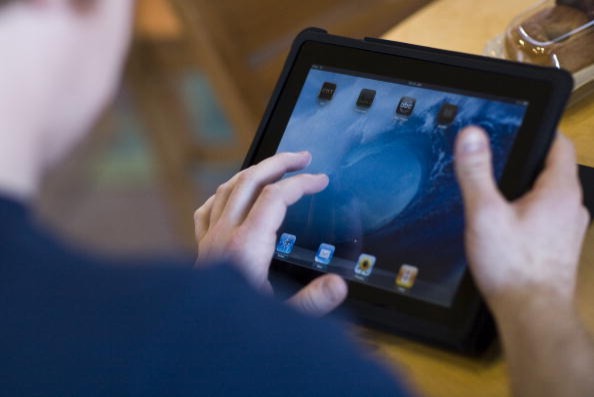Who would have thought that unused WiFi signals can be harvested and converted into energy to power small electronic devices? This is what a research team from the National University of Singapore (NUS) and Japan's Tohoku University (TU) discovered.

The involved experts developed a new technology that uses tiny smart devices to convert and harvest wireless radio frequencies into energy. These signals are the remaining frequencies since most users are only using 2.4Ghz WiFi speed.
On the other hand, the researchers claimed that their spin-torque oscillators, or STOs, use WiFi-band signals to power a light-emitting diode (LED), which is found in most electronics, wirelessly.
"We are surrounded by WiFi signals, but when we are not using them to access the Internet, they are inactive, and this is a huge waste," explained the experts. "Our latest result is a step towards turning readily-available 2.4GHz radio waves into a green source of energy, hence reducing the need for batteries to power electronics that we use regularly."
Unused WiFi Signals to Power Electronics?
According to ScienceCodex's latest report, the research was conducted in collaboration with the research team of Professor Guo Yong Xin. He is also from the NUS Department of Electrical and Computer Engineering, as well as Professor Shunsuke Fukami, and his team from TU.

The latest study entitled "NUS engineers harvest WiFi signals to power small electronics" was published in the NUS News journal.
In the study, they explained that the spin-torque oscillators are a class of emerging devices that generate microwaves. Aside from this, they added that these devices have applications in wireless communication systems.
How Does It Work?
The researchers explained that their STO technology's application to internet-connected devices is affected because of low output power and broad linewidth.
To solve this issue, they came up with an array in which eight STOs are connected in series. Thanks to this, they are now able to convert 2.4 GHz electromagnetic radio waves into a direct voltage signal.
For more news updates about STO and other related innovations, always keep your tabs open here at TechTimes.
This article is owned by Tech Times
Written by: Griffin Davis
ⓒ 2025 TECHTIMES.com All rights reserved. Do not reproduce without permission.




